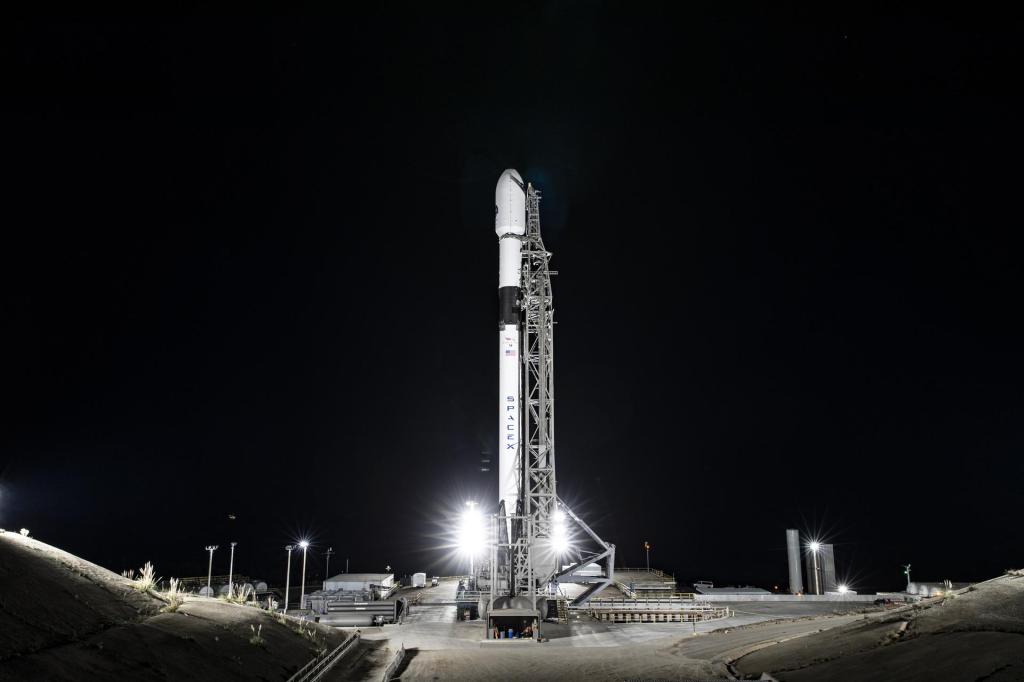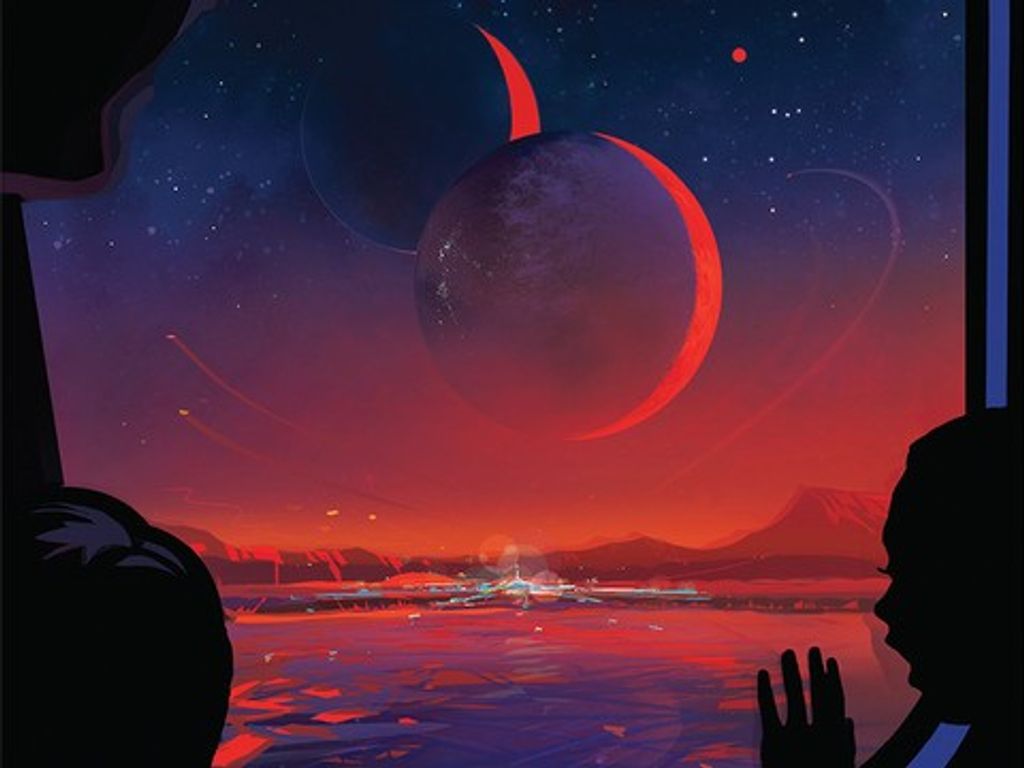Approaching Titan Again
| PIA Number | PIA06154 |
|---|---|
| Language |
|
Titan presented this face as the Cassini spacecraft approached for its second very close flyby of the mystery moon in December 2004. Prominent in the center of the image is Xanadu, a broad bright area on Titan first seen by NASA's Hubble Space Telescope in the mid-1990s. The region seen a few hours later during this Cassini encounter at higher resolution has just started to rotate into view on the left when this image was taken. Regions on the right (east) in this image had not been seen clearly before.
Other interesting features in this image, first seen by Cassini, include a bright 560-kilometer wide (345 mile) semi-circle in the lower right of Xanadu which may be an impact structure, and a confirmed crater with multiple concentric rings (near the upper right). The inner, dark circular feature in this crater is 300 +/- 20 kilometers (186 +/- 12 miles) in diameter.
Below Xanadu, two bright, linear clouds can be seen at about 38 degrees south latitude; these clouds were seen to dissipate a few hours later. Surprisingly, no clouds were seen near the south pole, as had been seen during the October close encounter (see PIA06124) and during the July distant encounter (see PIA06110).
This image was taken with the Cassini spacecraft narrow-angle camera on Dec. 10, 2004 at a distance of 1,746,000 kilometers (1,082,500 miles) and has a scale of 10.4 kilometers (6 miles) per pixel. A special filter in the near-infrared at 938 nanometers was used for this image. The image was processed to enhance surface features and sharpen boundaries. Some artifacts, like the false shadow around the bright streaked cloud, are a result of the processing.
[This caption was modified on March 16, 2005.]
The Cassini-Huygens mission is a cooperative project of NASA, the European Space Agency and the Italian Space Agency. The Jet Propulsion Laboratory, a division of the California Institute of Technology in Pasadena, manages the mission for NASA's Science Mission Directorate, Washington, D.C. The Cassini orbiter and its two onboard cameras were designed, developed and assembled at JPL. The imaging team is based at the Space Science Institute, Boulder, Colo.
For more information about the Cassini-Huygens mission visit http://saturn.jpl.nasa.gov . For additional images visit the Cassini imaging team homepage http://ciclops.org .
Credit: NASA/JPL/Space Science Institute






























